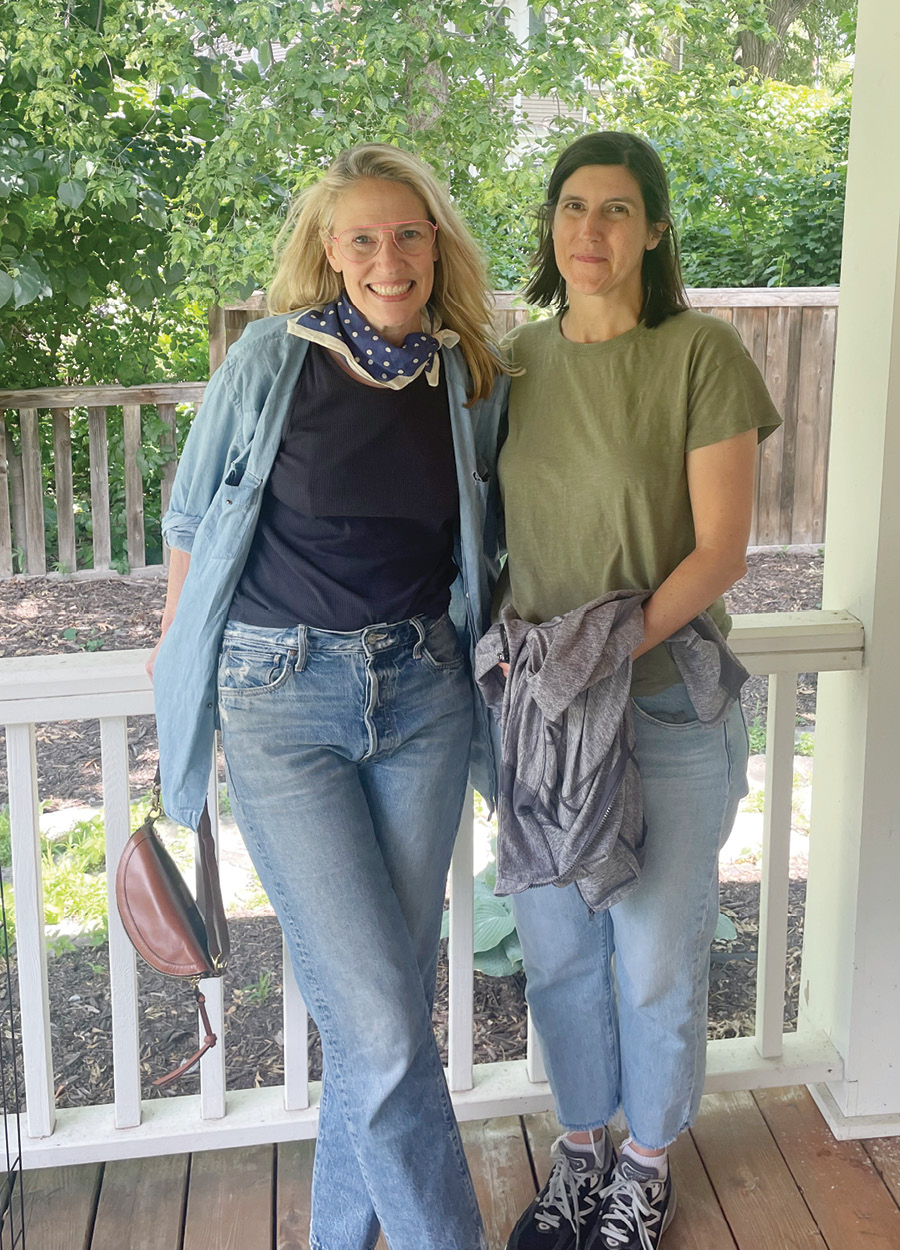
I loved playing with Barbies when I was a kid. Because it was the seventies and my mom subscribed to Ms., I was as familiar with the feminist critique of beauty standards, “girls” toys, and mandatory high heels as I was with Malibu Barbie’s intriguing tan lines. But by the backlash eighties I had a tight perm and an aching sense that feminism was history, literally. Or a ghost story. The braless banshees that brought us abortion rights and proved that women could be astronauts or judges or firemen had disappeared, at least from the media. Young independent-minded women graduating college during that decade were dubbed postfeminists, underscoring how late to the overthrow-the-patriarchy party they were.
But then . . . the nineties. As Gen X reached adulthood, there was a renewed sense of feminism’s potential. Raised on sexy MTV (Madonna! Salt ‘N’ Pepa!), conversant in Dworkin and hooks (Thanks, Women’s Studies!), exhilarated by Donahue episodes (An anonymous list of rapists scrawled in a bathroom stall at Brown! Mills is going co-ed?!), and outraged by wall-to-wall coverage of the all-male Senate Judiciary Committee giving law professor Anita Hill the Alex Forrest treatment (Nutty? Slutty?!), some of us began to coalesce—loosely. By decade’s end, a third wave of feminism burst into bloom: a garden of Lesbian Avengers, Vagina Monologue-ists, female emcees, riot grrrls, Lilith Fair-attendees, Guerrilla Girls, zine-makers, White House interns.
What was often misunderstood as our apathy was more akin to nuance. We didn’t have to go to NOW meetings or work at non-profits to be feminists. We brought feminism with us wherever we were. Like Ani DiFranco said, “every time I move, I make a women’s movement.” (From Not a Pretty Girl.) Our manifestos were expressed through music, TV, movies, magazines, and other forms of popular culture. Expanding definitions of feminism was part of our mission. Policing language à la “It’s not a baby. It’s a fetus!” was a party foul. Ambivalence was comfortable. We were pro-Monica and pro-Hillary. (Not to mention pro-Bill . . . that hasn’t aged as well.)
We rejected arbitrary signifiers of adulthood, like pantyhose and getting married in our twenties. Instead, we were fanatically invested in our friends, like on Friends. Or, to be more highbrow, like Frances and Sophie in Frances Ha!, the Greta Gerwig film I’ve been reflecting on as a sophisticated counterpart to the Feminism 101 of Barbie. My best friend Marianne and I laughed at how lame mere boyfriends were in the face our intimacy. We proselytized to promote friend-relationships to plus-one-at-wedding status. We decried “the tyranny of coupledom.” We may have been melodramatic and tedious, but valuing our relationship wasn’t. The Gen-X writer Curtis Sittenfeld (featured in this issue) told me that the most sanity-saving thing she’s done in midlife is set a weekly lunch date with four of her besties. Rooting out misogyny is a daily practice and, like working out, it’s much better with friends.
Putting together this nineties-themed issue reminded me how radical the DIY, community-centered, sex-forward, queer-friendly, trans- and femme-inclusive, “portable” feminism of the third wave really was. Its lessons have been consumed, but have they been digested? Exhibit A: the Barbie movie. On the one hand, it’s cool that the whole world is discussing patriarchy and listening to the Indigo Girls. On the other hand, it took $145 million dollars and nearly two hours in 2023 to express what, in 1994, zine-maker Nomy Lamm conveyed in four words and sold for 35 cents: “i’m so fucking beautiful.”

